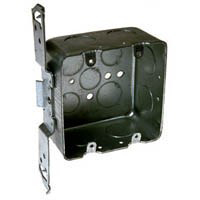In the USA the only appliances that list on nameplates minimum circuit ampacity and maximum circuit breaker are refrigeration and air conditioning equipment.
Woodworking equipment electrical connections are governed by what is listed in the manufacturers instructions.
Those not being available we use the motor rules of NEC article 430 or 440 depending on the type of equipment and motor.
The instructions from grizzly require a 35 amp breaker, if he uses cable like nm-b (your nmd) he needs 8 awg copper that carries 40 amp rating.
The table saw nameplate will not list a minimum circuit ampacity nor a maximum breaker. The motor name plate will show fla or horse power or it may show both specifications. Not having that information the motor is 3 hp. 230 volts ... the nec motor tables show the flc for a 230 volt 3 hp motor to be 17 amps. Following those motor rules requires the minumum circuit to carry approx. 22 amps. If we use nm-b cable we need 10 awg rated 30 amps 60C. We can have a max breaker 2.5 times the table flc or 2.5 times the namepalte fla if both hp and fla are stated on the nameplate and it is a listed motor appliance. However it is rare to have to use the max breaker calculated using the motor rules it is better to start with the mimum circuit breaker for the load served and see if the motor will start with out nuisance tripping. The jet table saw is 3 hp the grizzly sander is 5 hp.
Both will safely operate on a 35 amp branch circuit.
The jet table saw has
overload protection at the motor on off magnetic switch and the grizzly sander has an
overload protection block and contactor.
The breaker in the panel protects the wires in the supply circuit from overheating and overcurrent from short circuit or ground fault.
Both units will shut down from overload due to factory overload protection at the machine. The breaker will not enter into the overload picture for the power tool. If you stall the motor it will pull locked rotor amps and trip the circuit breaker before the wire overheats or if you are reaching overload limits for the motor a stall may trip the factory thermal overload of the machine before the circuit breaker.
Your insurance will pay a claim whether your fault or someone elses....

.




 Reply With Quote
Reply With Quote









